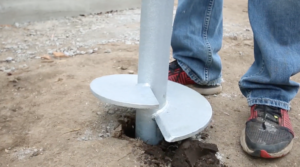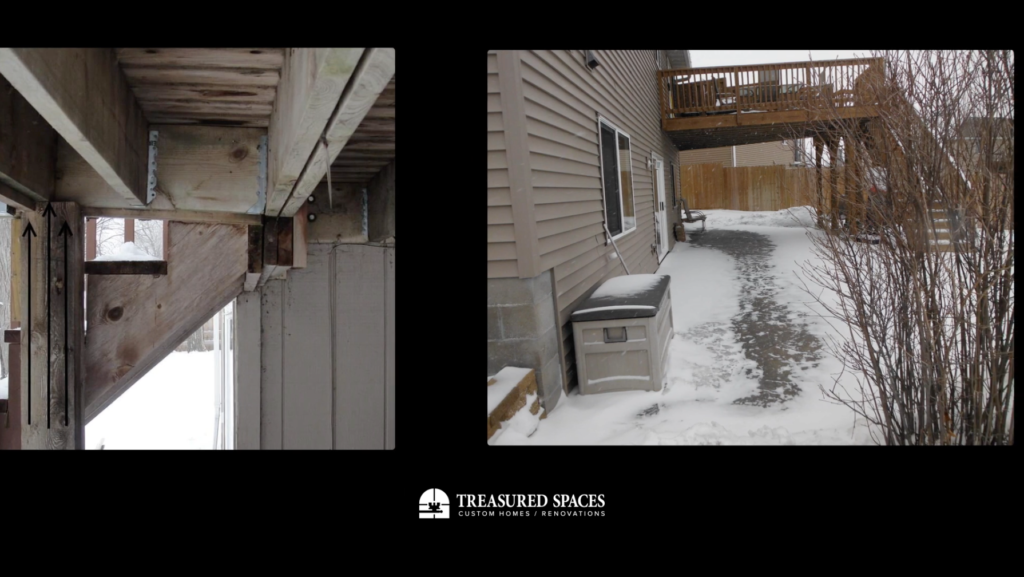When it comes to installing helical footings in your home building or renovation, there are a lot of right ways, but even more wrong ways.
In today’s Wrong Way, Right Way series we are talking about helical piers. Helical piers are galvanized steel shafts, with flat helix plates on the bottom, that get driven into soil of varying consistencies to provide a sturdy foundation. Josh is showcasing one in the video above for reference.
Installation of Helical Piers 
The galvanized steel pier installation uses a computerized hydraulic system that can calculate the depth, the sturdiness of the soil, and maximum weight the footing can hold based on these factors. It will alert you when it’s properly secured. In some extreme cases, you may drill down up to 100 feet deep before you reach compacted, sturdy soil. This is possible by connecting more piers on top of one another until that depth is reached, and they generally come in 7 foot pieces. Maximum capacity of the steel helical pier is 80,000 pounds!
Uses of Helical Piers
Helical piers, or piles, are used to secure new or existing foundations. They can be used to support a foundation frame, deck, patio, second addition, or whatever you need to support! They are most often used as an alternative foundation solution, when soil conditions don’t allow the use of standard practices. The galvanized steel helical pier footings shown in our video can allow for structures being built in mushy soil or even swamp land.
Benefits of Helical Piers
One major benefit of using helical piers or piles is their mobility when it comes to ground freezing and thawing. In a climate like we have during Minnesota winters, the ground freezes which can actually push up standard foundation supports, creating crooked or slanted decks and foundations. The rounded end drives into the soil like a screw, creating a solid but flexible base, that does not disturb the soil as much as a cement or wood pier would.
Helical piers have attachments for the top of the pier, called new construction brackets, that can be customizable based on what you are using them for, and what you are supporting such as a frame or deck. Helical piers can help prevent uneven settling. Cracked dry wall, drawers that don’t close properly, and crooked decks or patios are all consequences of a foundation settling unevenly due to unsteady footings.

Watch our video to see why we would choose helical piers footings. Please contact us if you want to know more!
